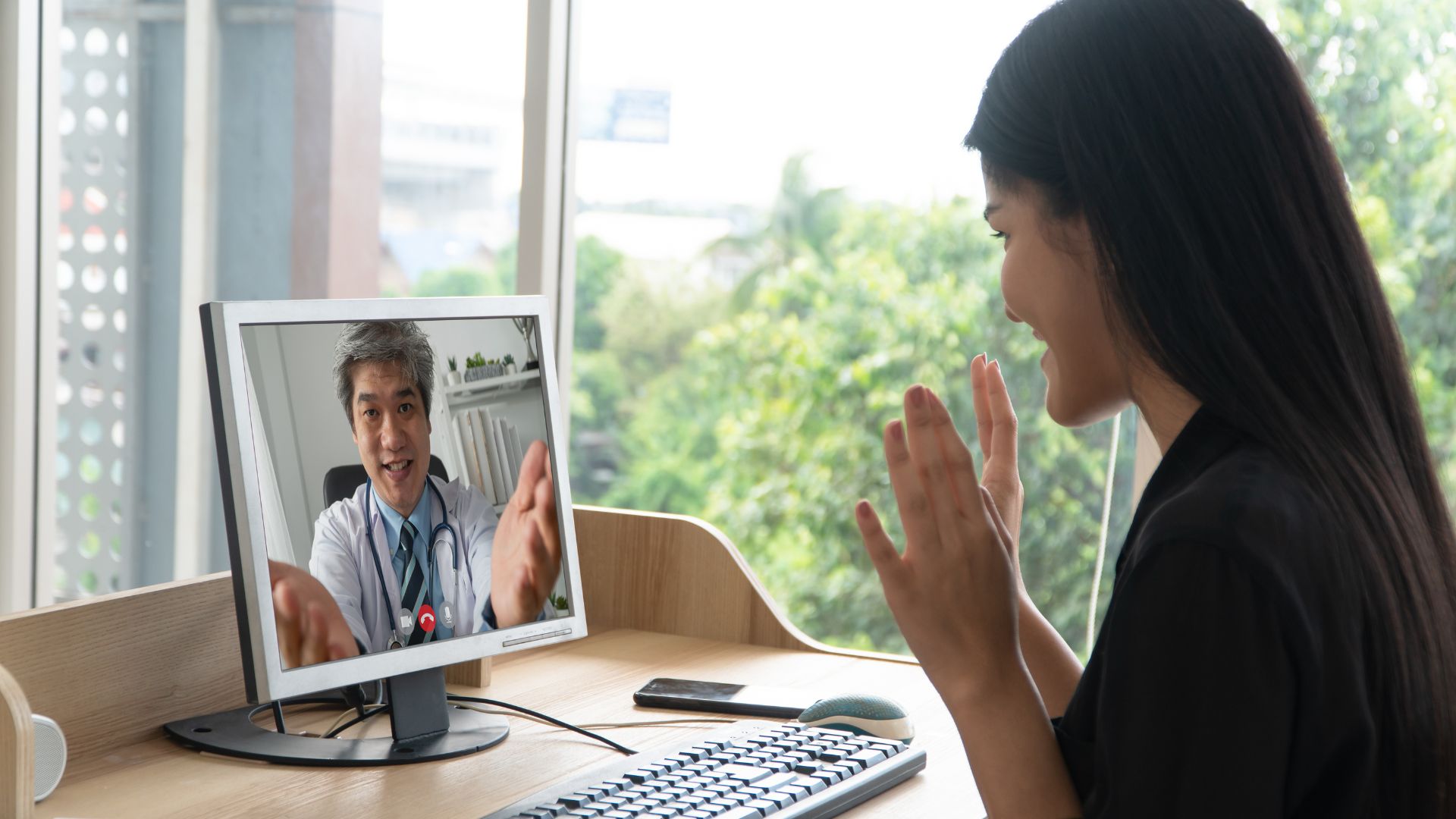
Access and Innovation: How Virtual Treatment Can Change How We Treat Eating Disorders
Written by Kimberly Henry, Staff Writer for UNSUGARCOATED Media
December 07, 2022
The first day of eating disorder treatment at Within Health will look different than most other treatment programs. Instead of getting in the car and driving to a treatment center, patients will check their mailboxes for Within Health’s clinical welcome kit. That’s because Within Health is a virtual eating disorder treatment program.
Eating disorders (ED) are among the deadliest mental disorders, but 80% of people experiencing eating disorders don’t receive treatment. Could the ability to access treatment from home change that?
“[There’s] a lot of reasons why people won’t go to treatment besides accessibility being number one,” said Wendy Oliver-Pyatt co-founder and CEO of Within Health. Oliver Pyatt founded Within Health in 2021, still in the depths of the pandemic. Within Health offers the same
services as many other ED treatment centers do, intensive outpatient (IOP) and partial hospitalization (PHP) programs, higher levels of treatment of treatment for patients dealing severe EDs.
“It doesn’t mean […] they haven’t hit rock bottom and all that BS that you hear some people say, that they’re not wanting it enough” Oliver-Pyatt said of people with EDs not in treatment. “Some people just have really tough situations.”

“We’ve worked with some people who are parents that [say] I can’t leave my kids or I can’t leave my work because if I don’t keep working I’m not going to have a roof over my head or I’m not going to have insurance,” said Oliver-Pyatt.
When the pandemic pushed “nonessential” treatment from doctor’s offices to virtual meeting platforms, it forced providers to finally address accessibility, joining apps like BetterHelp making remote visits possible.
But, as most of us remember, being on zoom 24/7 isn’t exactly great for mental health, raising further questions—even if this at home model does improve access, is it effective?
“We’ve been really proactive about doing a lot of outcome studies to see how we’re doing and how to continuously improve,” Oliver-Pyatt said. Administering high level eating disorder treatment remotely is a new approach, one that requires adaptation rather than just copy pasting programs into a video conference.
According to Oliver-Pyatt, individual and group therapy form the backbone of Within Health’s treatment, using clinically tested methods like cognitive behavioral therapy (CBT) and exposure and response prevention (ERP). But the app interface also provides near constant access to care providers along with self-soothing tools. Care providers can use it to take patients out on excursions, exposing them to foods or environments their disorders had made impossible in the past.
Within Health’s clinical welcome kit also includes an innovation on other remote treatment models—a numberless scale that allows the clinical team to track patients’ weight and allows patients to “smash their [own] scale to pieces.”
These are the sort of changes Within Health has implemented to make treatment from home more effective, but according to Oliver-Pyatt, remote ED treatment also comes with some inherent benefits that improve on the traditional model.
“If you think about going from a brick-and-mortar program with 6 to 8 hours of care multiple days a week in one environment and then jumping over to this other environment—now […] the providers that you were with the cohort is gone,” she said. “It’s really not a big surprise that people struggle with that transition from brick and mortar to their in vivo or home environment.”
As the world emerges from the COVID-19 pandemic, many people will be excited for things to go back to normal. But Oliver-Pyatt and Within Health are hoping to take some of the lessons we learned during the pandemic with us into the future.


